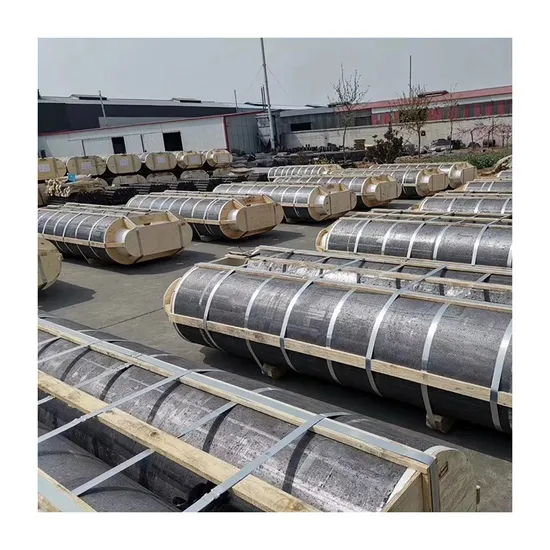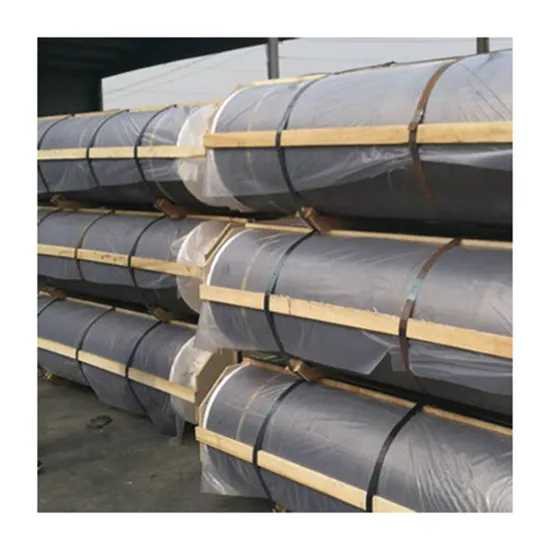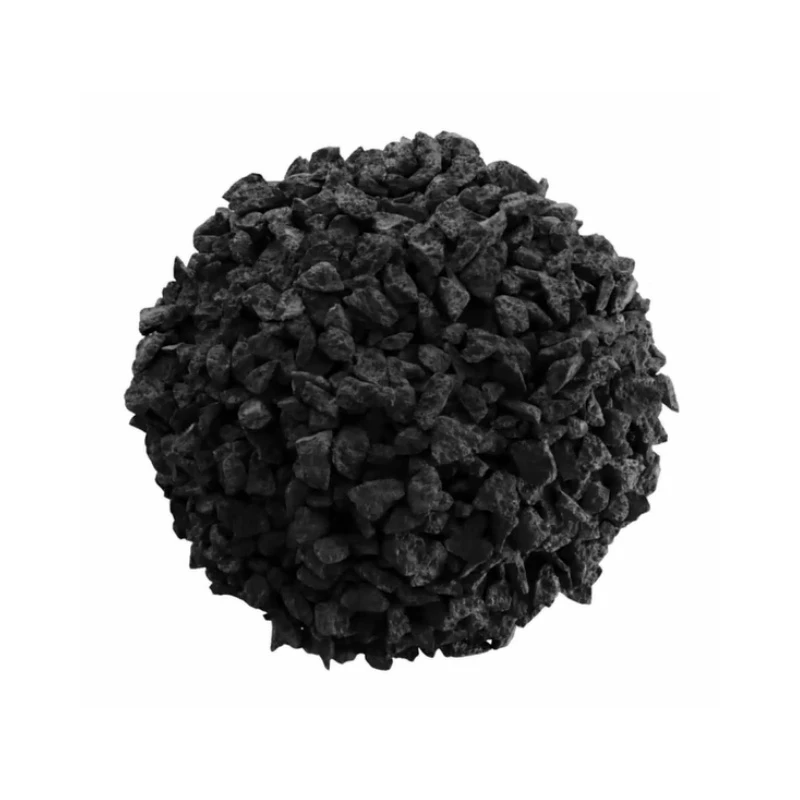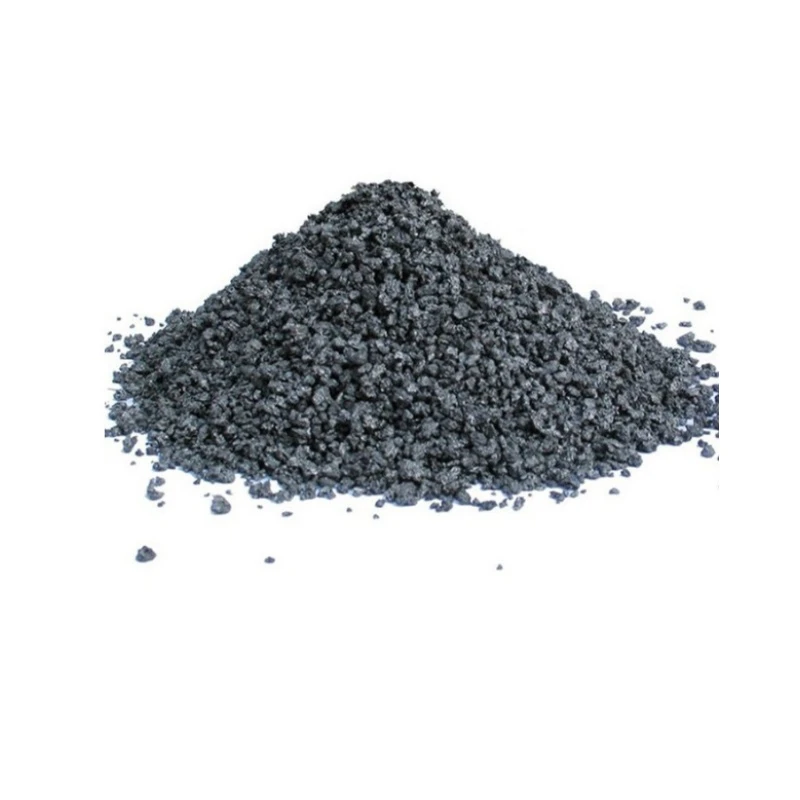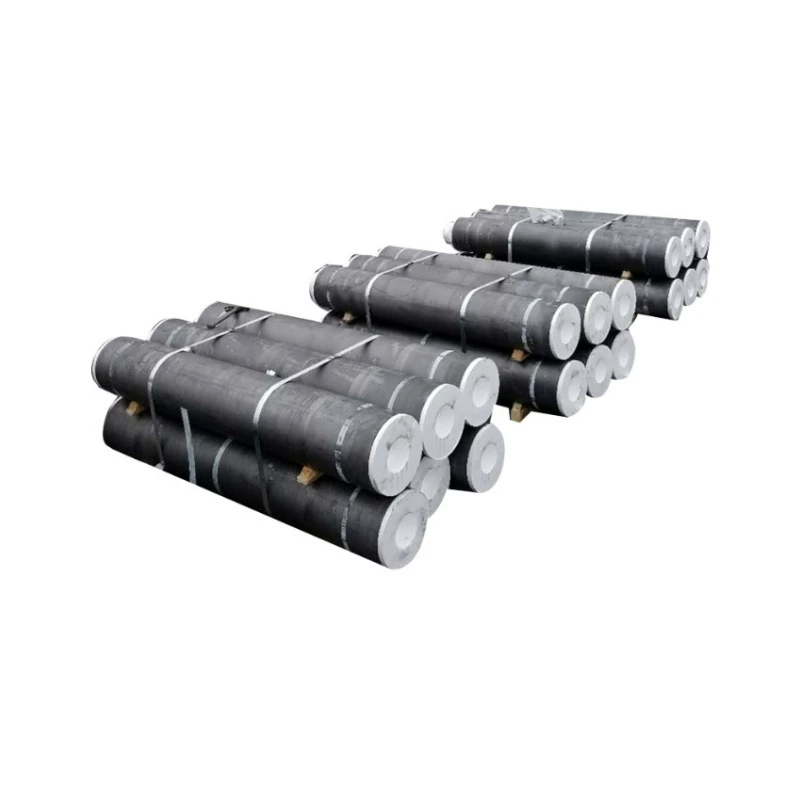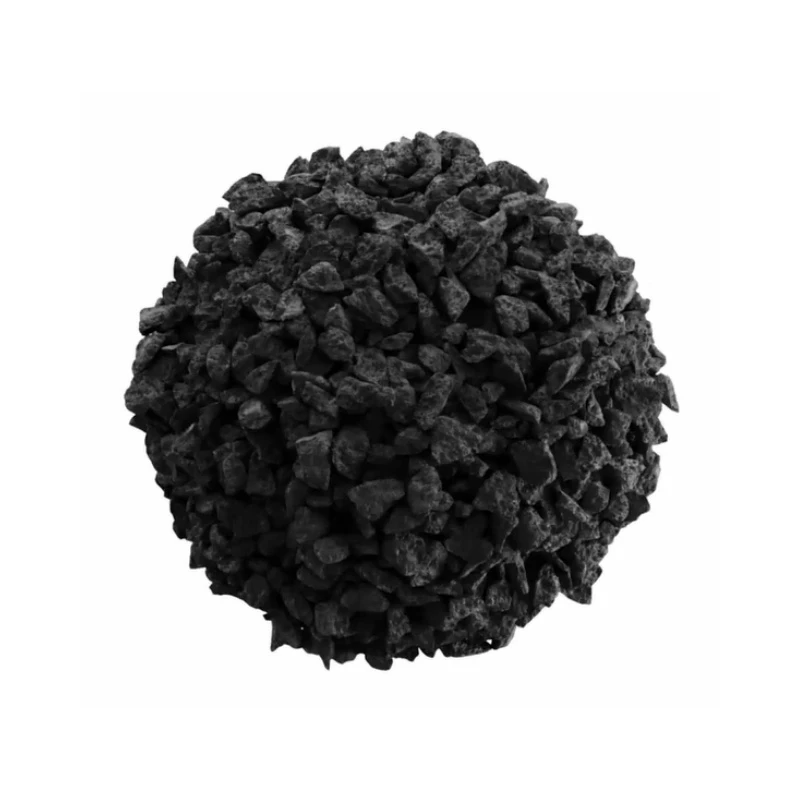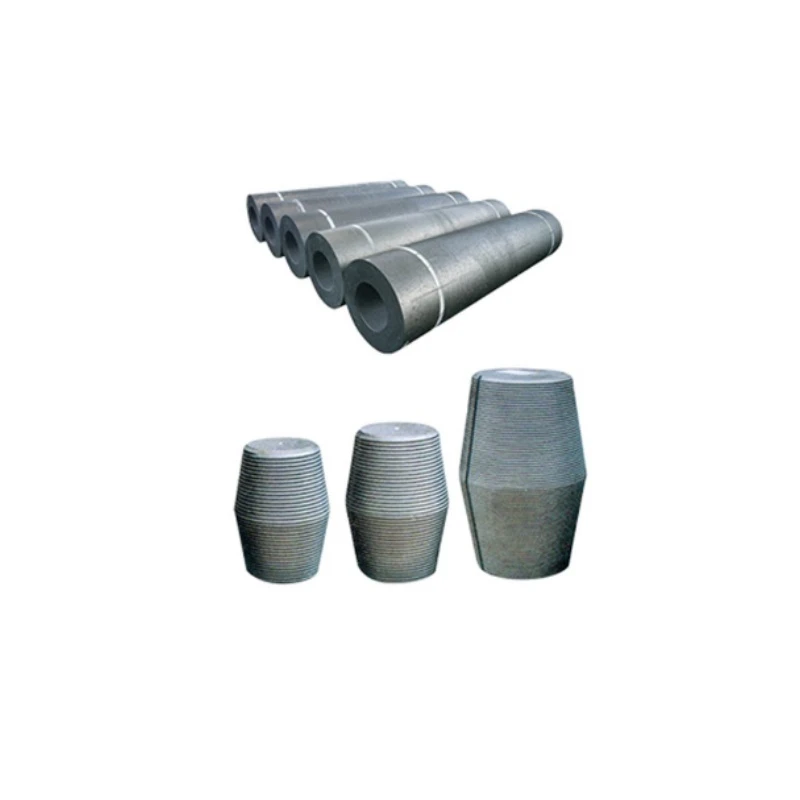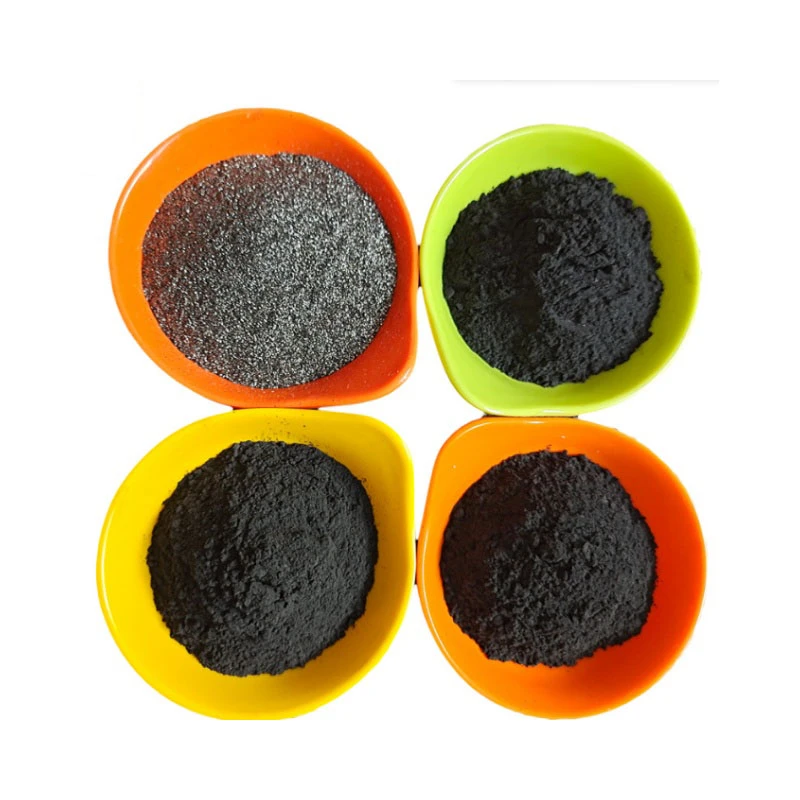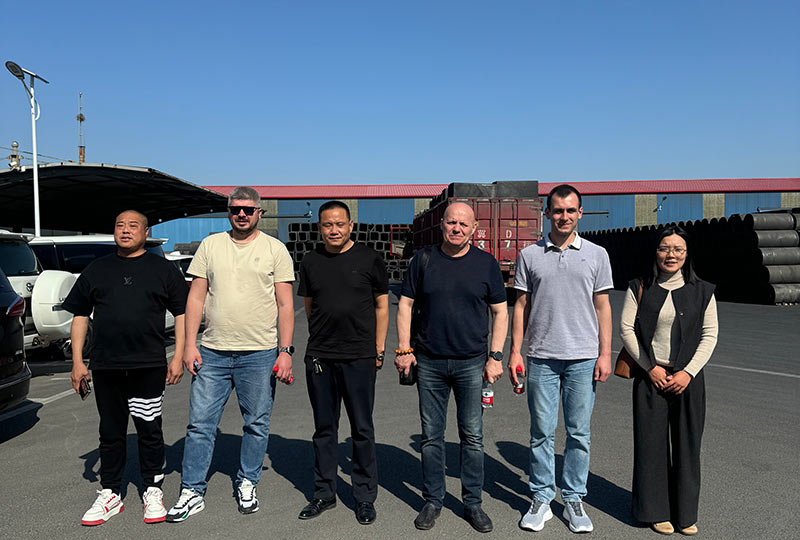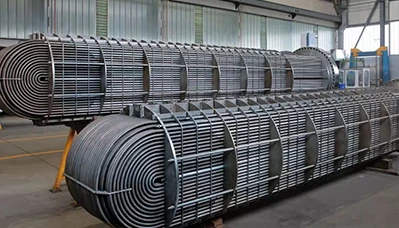- Englist


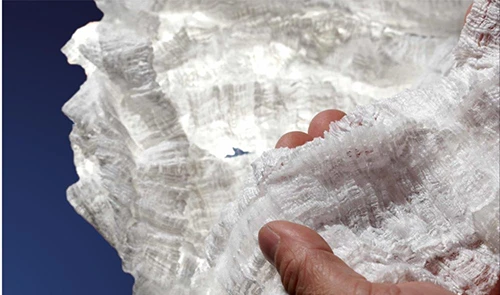
- Understanding the Importance of High-Quality Graphite Welding Blocks
- Technical Advantages of Modern Graphite Welding Solutions
- Comparing Leading Graphite Block Suppliers in 2024
- Customization Options for Industrial Applications
- Case Study: Graphite Welding Blocks in Automotive Manufacturing
- Quality Assurance Standards in Graphite Block Production
- Future Trends in Graphite Welding Block Technology

(graphite welding block)
Graphite Welding Blocks: The Backbone of Precision Manufacturing
In industrial applications requiring extreme thermal resistance (up to 3,000°C), graphite welding block
s have become indispensable. These components demonstrate a 40% longer service life compared to traditional copper alternatives, according to 2023 metallurgical studies. The global market for specialized graphite products is projected to grow at a CAGR of 5.8% through 2030, driven by demand from aerospace and renewable energy sectors.
Technical Advantages of Modern Graphite Welding Solutions
Advanced graphite welding blocks now feature:
• Ultra-high density (1.85-1.92 g/cm³) for improved durability
• 99.99% purity levels minimizing contamination risks
• Customizable porosity (12-18%) for optimized thermal management
Recent innovations include graphene-enhanced variants showing 30% better electrical conductivity in prototype testing.
Global Supplier Landscape Analysis
| Supplier | Production Capacity (MT/yr) | Certifications | Lead Time |
|---|---|---|---|
| Supplier A | 12,000 | ISO 9001, AS9100 | 4-6 weeks |
| Supplier B | 8,500 | ISO 14001 | 8-10 weeks |
| Supplier C | 15,000 | IATF 16949 | 3-5 weeks |
Tailored Solutions for Specific Industrial Needs
Leading graphite block factories now offer:
• 3D-printed molds with ±0.05mm precision
• Hybrid designs combining graphite with ceramic matrices
• Real-time quality monitoring systems during sintering
A 2024 industry survey revealed 68% of manufacturers prioritize customized dimensions over standard stock sizes.
Automotive Manufacturing Success Story
A European EV manufacturer achieved:
• 22% reduction in battery welding defects
• 15% faster production cycle times
• €380,000 annual savings
through implementation of grade MX-7 graphite blocks with enhanced thermal stability.
Ensuring Consistent Quality Output
Top-tier suppliers implement:
• X-ray fluorescence (XRF) testing for material purity
• Automated crack detection (99.97% accuracy)
• Batch traceability systems compliant with FDA 21 CFR Part 11
Third-party audits show quality consistency improvements of 41% since 2020.
Graphite Welding Blocks Shaping Tomorrow’s Industry
With the graphite welding block market expected to reach $2.7B by 2027, manufacturers are investing in:
• AI-driven predictive maintenance systems
• Carbon-neutral production techniques
• Nano-coating technologies for extended service intervals
These innovations promise to reduce lifecycle costs by 18-25% across heavy industries.
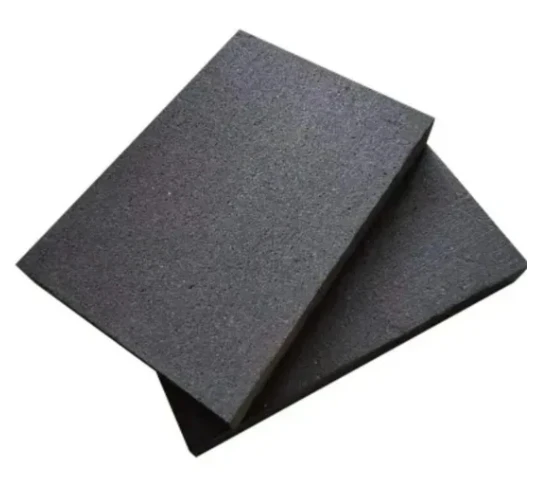
(graphite welding block)
FAQS on graphite welding block
Q: What is a graphite welding block used for?
A: A graphite welding block is primarily used for welding and brazing applications. It provides heat resistance and stability, ensuring precise metal joining. Its non-reactive surface prevents contamination during high-temperature processes.
Q: How to choose reliable graphite block suppliers?
A: Look for suppliers with certifications like ISO and proven industry experience. Check reviews for product consistency and customer support. Ensure they offer customization and timely delivery options.
Q: Why are graphite blocks ideal for welding applications?
A: Graphite blocks withstand extreme temperatures without warping or melting. They offer excellent thermal conductivity and durability. Their smooth surface ensures clean, precise welds in industrial setups.
Q: What manufacturing standards do graphite block factories follow?
A: Reputable factories adhere to ASTM or ISO standards for material quality. They use high-purity graphite and advanced machining techniques. Regular quality tests ensure blocks meet industry-specific requirements.
Q: Can graphite welding blocks be customized?
A: Yes, many factories provide blocks in custom sizes, shapes, and densities. Specifications like grooves or holes can be added for specialized workflows. Discuss project needs with suppliers for tailored solutions.





 Pervious
Pervious
 Next
Next
